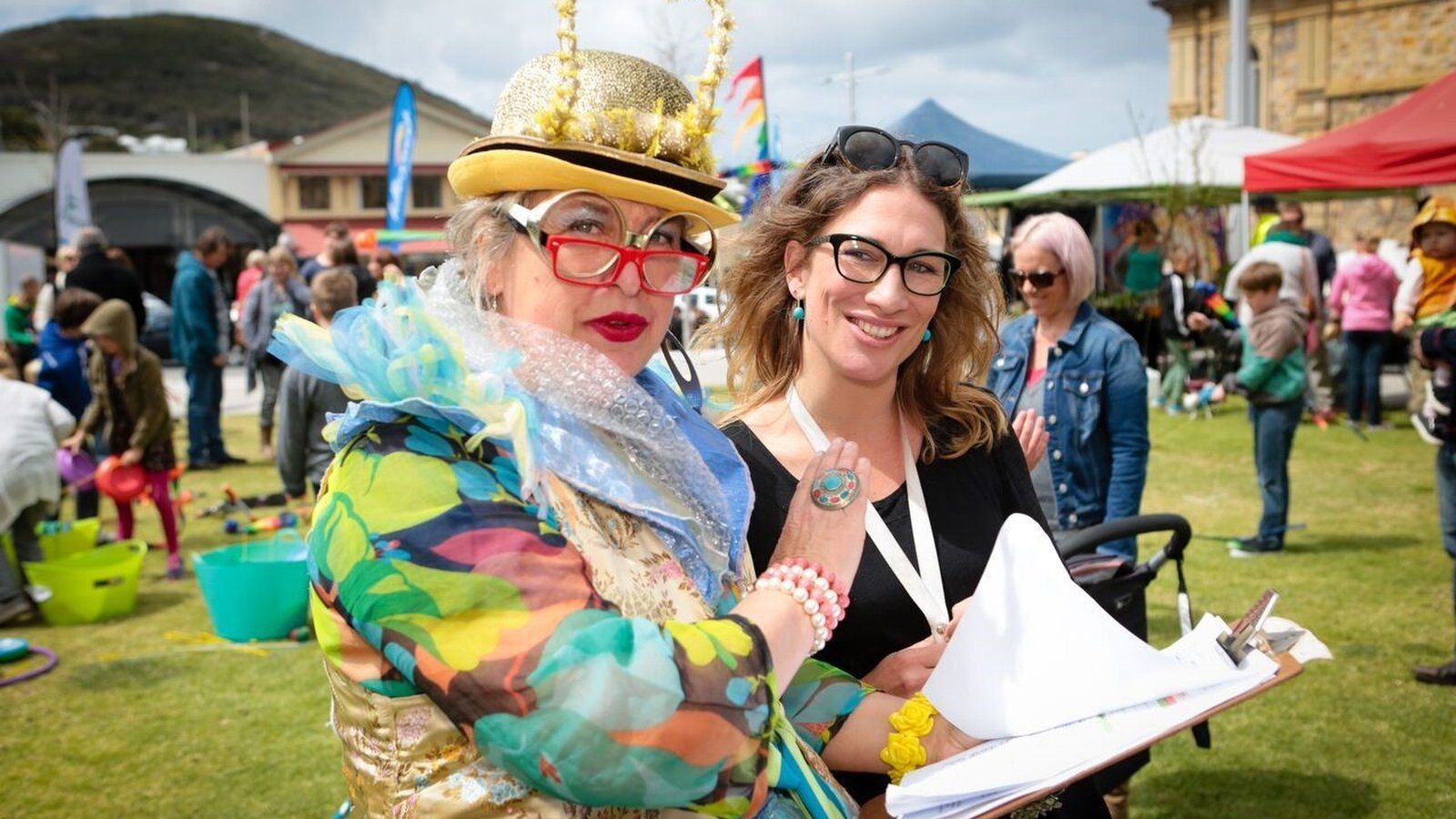- Sense of Place
- Health Impact
Health Impact
Why is a sense of place important for physical activity and health?
Authors: Alex Kleeman, Julianna Rozek, Dr Lucy Gunn, Professor Billie Giles-Corti.
The way we design and build neighbourhoods and communities affects residents’ social connections, sense of community and social capital. Designing facilities and spaces to encourage meeting, gathering and social interaction contributes to socially inclusive communities. A good sense of place fosters positive emotional attachment and involvement, and encourages social interaction. This builds social networks, a sense of community, and involvement with one’s neighbours and community, which protects both physical and mental health. [7-9]
Neighbourhoods that encourage cycling, walking and public transport provide opportunities for casual social interactions and have direct health benefits, through physical activity, for residents. One recent study, for example, found that participation in cycling was associated with more social interactions, and walking with greater social satisfaction. [10] Other evidence suggests that there is a strong relationship between physical activity participation and social cohesion. [11]
Mixed-use planning and ensuring homes are located within a short distance of a range of destinations, including schools and local services, helps create walkable neighbourhoods. Access to walkable pedestrian-friendly neighbourhoods with local destinations fosters a sense of community and social capital, as they provide opportunities for residents to interact and engage locally, thereby facilitating social ties or community connections. [12-15]
As well as a large evidence-base of health benefits, some evidence suggests that increasing residents’ sense of community or social capital has economic benefits. Recent modelling measured the monetary value to individuals of changes to: [16]
- Sense of community;
- Bonding social capital (i.e. networks between family, friends and neighbours that help someone to ‘get by’ on a daily basis);
- Bridging social capital (i.e. networks that allow someone to ‘get ahead’, such as work colleagues and community members) .
The results showed that:
- A unit increase in sense of community was worth about $60/day (or $22,000 p.a);
- A unit increase in bonding social capital is worth about $37/day ($13,500 p.a.);
- A unit increase in bridging social capital is worth about $43/day ($15,700 p.a.).
Essentially, achieving a unit increase in the social and community factor listed above translates to giving an individual an average income increase equivalent to the amounts specified above (e.g. an extra $60/day for a one unit increase in sense of community results in an additional $22,000 per annum in income). However, the research did not identify what is necessary to achieve a one unit increase – highlighting the need for future research to explore this topic in different research contexts, including before and after studies.
In short, understanding how the design and layout of neighbourhoods can impact residents’ social connections, social capital, and sense of community is essential for creating places that support mental and physical health.
Next Page
Stay informed. Sign up to our newsletter.
I agree that I have read and I accept the Heart Foundation's Privacy Statement.
We will get back to you as soon as possible.
Please try again later.
Stay informed. Sign up to our newsletter.
I agree that I have read and I accept the Heart Foundation's Privacy Statement.
Thanks for subscribing to our newsletter.
Please try again later.
All Rights Reserved | National Heart Foundation of Australia

